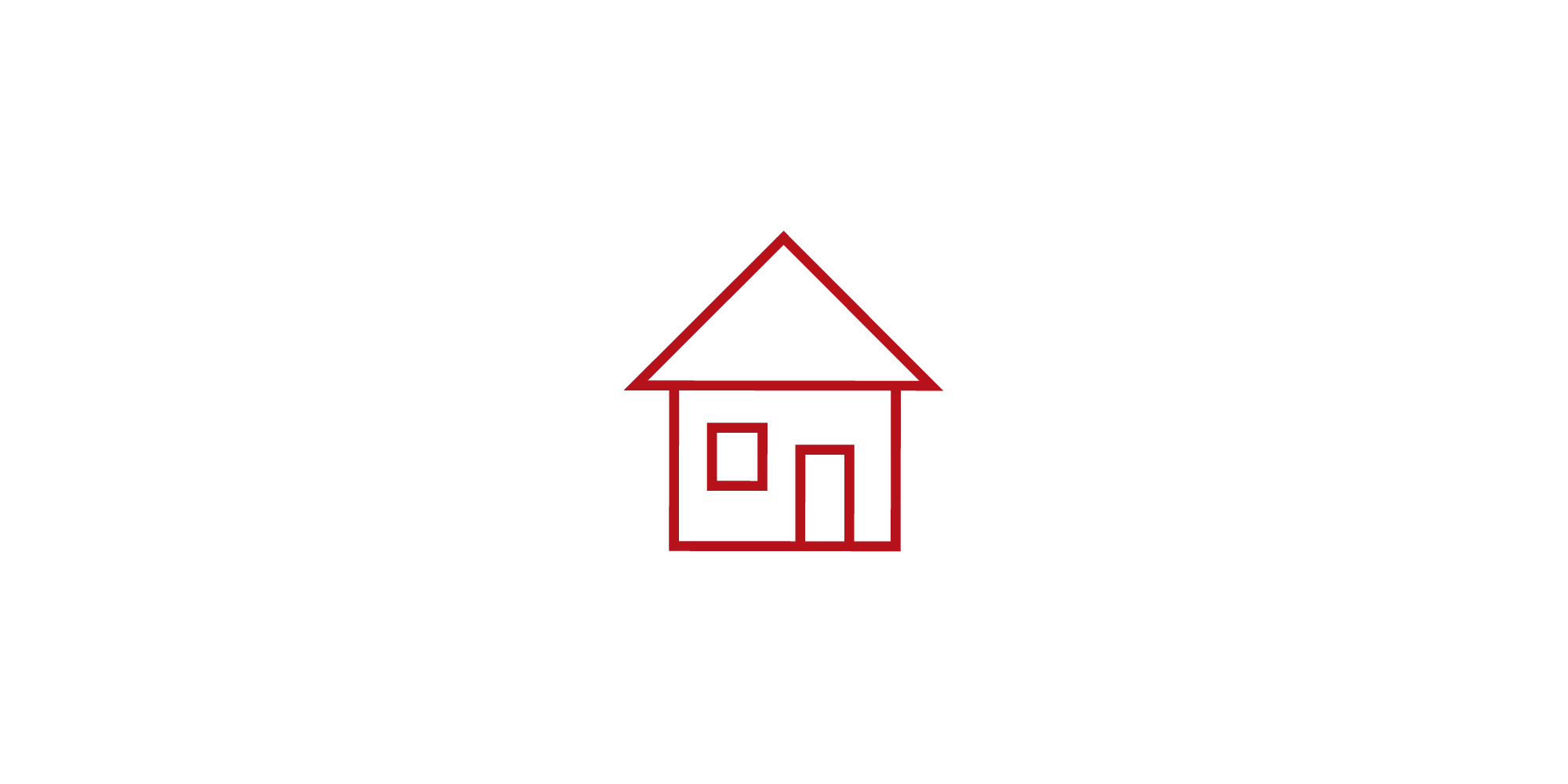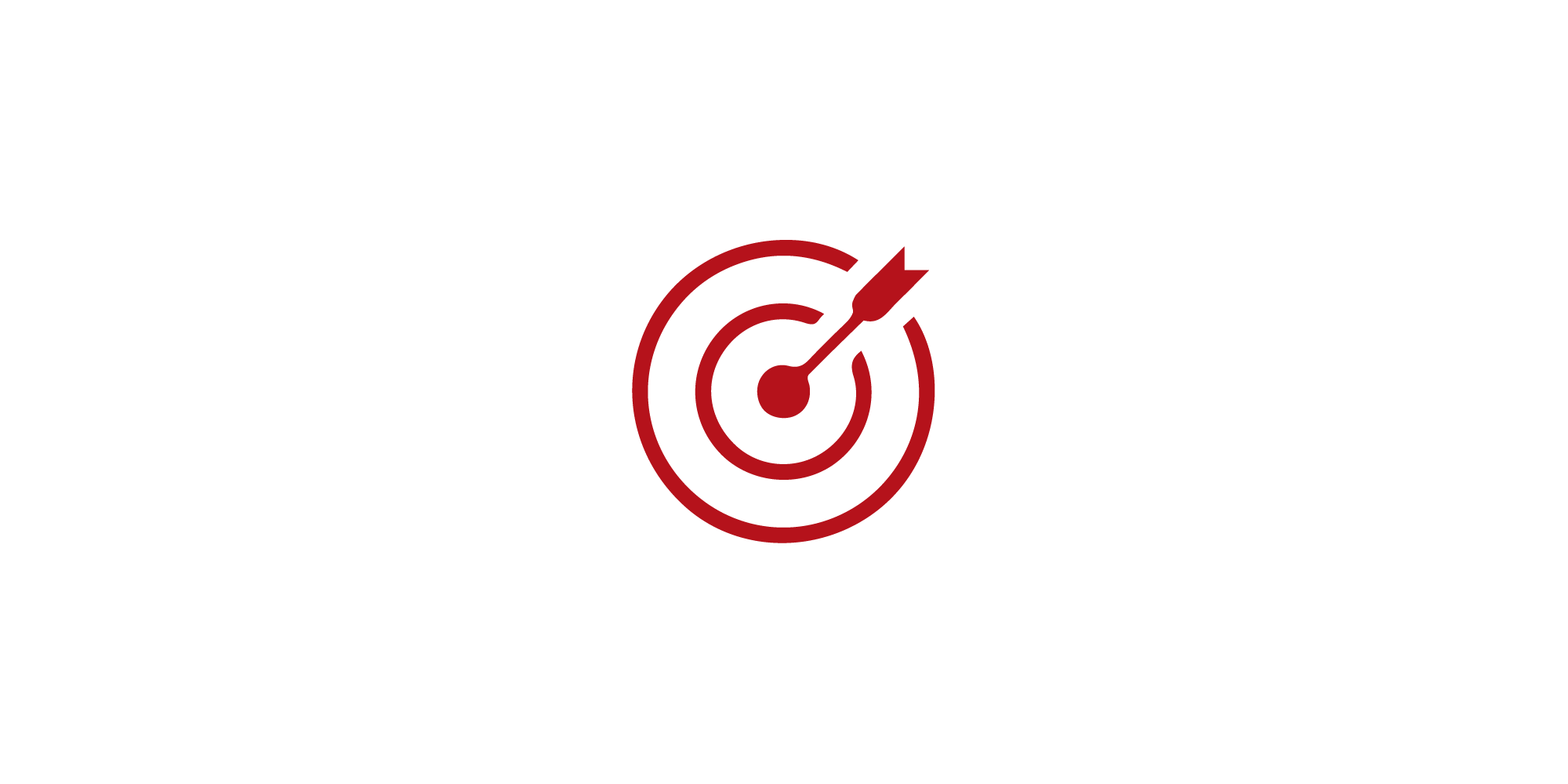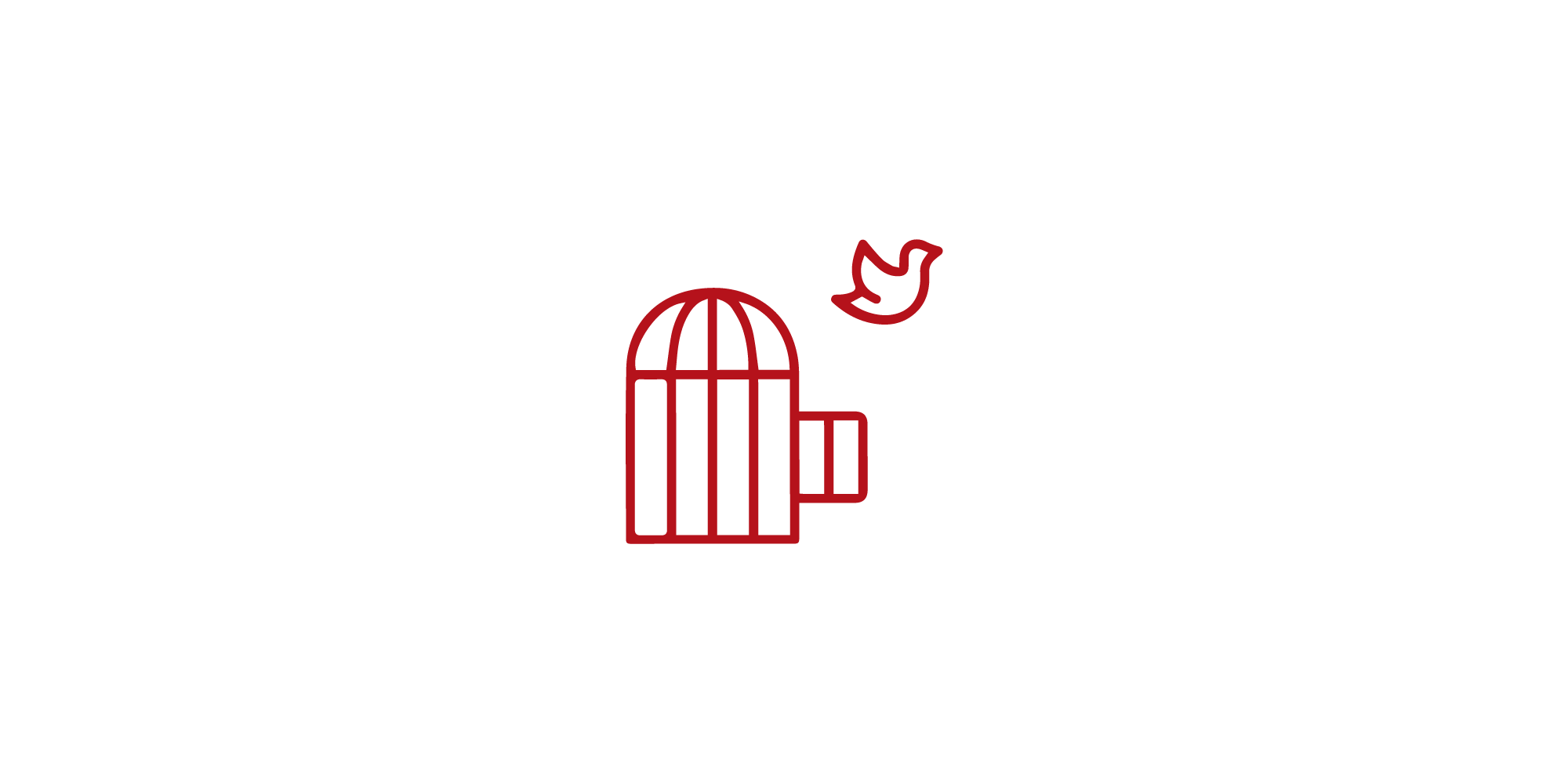Letter to Clients: 1st Quarter 2013
Dear Clients & Friends,
Are you taking advantage of all the free additional services you can access as a client of DV Financial? Before we dive into a summary of 2012 and an outlook for 2013, I thought I would provide a quick overview of the value added services at your disposal:
- Shredding – we shred documents to protect your identity, and we recommend that you do as well. The New Year is a great time to go through old records and get rid of outdated files and clutter. But be certain that you are not inadvertently putting sensitive information in the trash. Bring in your documents for shredding. We will be happy to add them to our locked container and supervise their destruction to government specifications with our shredding service.
- Notary Public – every once in a while you need to have a notary public witness a signature. Our wonderful assistant, Sue, is a notary public and will gladly notarize your documents at no charge.
- Client Portal – last year we launched a new website, www.dvfin.com, which includes a Client Portal. From there you can monitor all your financial data, not just the accounts you have with us. To get started, just let us know your preferred username. We will establish your Client Portal, link the accounts we handle for you, and walk you through all the functions at your fingertips.
- Economic Updates Email – and while you are at the website, be sure to click on the Free Economic Updates tab. If you like the summary, you can subscribe to a once-a-quarter email to ensure you are always educated about what is going on in the economy.
-
Facebook – And for more financial information be sure to like our Facebook page, www.facebook.com/dvfin. Don't worry; we won't clog up your feed. But we try to post financially relevant articles a couple times a month.
2012 in Review
The volatility which has characterized markets since the global financial crisis, nearly five years ago, continued throughout 2012. At the same time, the U.S., Europe, and emerging markets all showed strong gains, despite concerns about Europe's finances and worries that the U.S. would fall off the "fiscal cliff" and go back into recession.
Much of 2012's volatility was driven by the ebb and flow of good and bad news about Europe. Positive indications for Europe's economy in the first quarter led to the strongest start for markets in recent memory, which was promptly given back as concerns rose in the second quarter. Markets then rallied in the second half of the year when the European Central Bank announced that it would provide liquidity to governments and financial institutions—to the point that for 2012 as a whole, Europe's stock market actually outperformed the U.S.'s.
When dividends are included, the United States and emerging markets ended 2012 above their point five years ago, shortly after global markets hit all-time highs in the fall of 2007.
Putting big-picture problems in perspective
It's easy to feel discouraged by all the bad news and problems facing the world. December 1990 is a particularly relevant reference point for me since 1990 was my first full calendar year in this business. Looking back to that time provides some interesting perspective on today's issues.
Here is what was going on at the end of 1990:
- In August of that year, Iraq invaded Kuwait. It was not until January of 1991 that a coalition of Western and Arab nations led by the United States responded. In the meantime, there was huge uncertainty about what would happen, and oil prices doubled as a result.
- Starting early that year, Western economies went into a significant recession, which hit its peak in the fourth quarter of 1990. In the four months from July to October, the stock market was off 15%—for the year as a whole, the market was down almost 7%.
- In the aftermath of $500 billion in write-offs in the savings-and-loan sector, there was a widespread view that the U.S. was on the threshold of a full-fledged banking crisis. Loan defaults were up and bank profits were down. Some 900 U.S. banks had failed in the past five years, and another 1,000 were on the problem list. In response, banks were cutting back on loans—even to creditworthy borrowers.
- Prices of bank stocks such as Citibank and Chase Manhattan Bank dropped by half from July to December. An editorial in Business Week had a typical view: "The banking sector is under enormous strain. Should it begin to unravel, recession could become an economic disaster."
Of course, with hindsight we now know that the period that followed saw strong growth in the economy and a buoyant stock market. This is not to suggest that the same will happen today, but we have worked through significant problems before, including the issues in the early 1990s, the shock in oil prices that led to a global recession in the 1970s, and numerous other big-picture challenges.
We are resilient. I have confidence that we can work though our issues of today as well as the issues which will arise tomorrow.
The outlook for 2013
Even in the face of all the global problems, many analysts begin 2013 cautiously optimistic about the outlook for stocks. The reason is not that there is any expectation of an easy resolution to the developed world's debt woes, unemployment, or slow economic growth; on the contrary, there is universal agreement that it will take years to work through these issues.
The reason for optimism arises from the fact that, around the world, companies are generally in very good condition with strong operating margins and solid balance sheets. The October interview "Wall Street Sage Sees Reasons for Cheer" in Barron's magazine gave a good example of the positive mood on stocks as 45-year industry veteran and former Morgan Stanley strategist Byron Wien his positive forecast for the U.S. He believes:
- The U.S. housing market has hit bottom and will be a positive force in 2013.
- The growing middle class in emerging markets will continue to provide opportunities for investors and for companies selling into those markets. (Wien is especially positive about agricultural commodities.)
- Dramatic new domestic oil discoveries will put a cap on the price of oil and help buoy the U.S. economy.
- Large multinational stocks offer predictable growth, solid balance sheets, and attractive yields at reasonable valuations.
- Even in the face of challenges on budget deficits and debt levels, Wien points to the resilience of the U.S. and its history of repeatedly working through what he refers to as "disasters."
The other hot topic in markets is the direction for bond prices. There is growing concern among many leading strategists about the future for bond portfolios based on current record-low interest rates, despite their "flight to safety" appeal. A recent New York Times article, "Bond Craze Could Run Its Course in New Year," pointed to research from Morningstar that bonds have grown from 14% of U.S. investor portfolios five years ago to 26% today. In his annual letter to investors last spring Warren Buffett said that due to today's low rates and inflation, "bonds are among the most dangerous of assets."
What this means for you
What should you be doing given the current situation?
- Take the right level of risk. Is your portfolio a balance of risks you are comfortable with and enough potential return to meet your needs and goals? The starting point is to identify and analyze your retirement goals and then to construct a portfolio based on that objective. Our approach is to take the right level of risk for each client—enough that we can achieve your objectives, without taking more risk than is necessary. For retired clients, the focus needs to be maintaining secure, liquid funds to cover expenses. Having that buffer reduces the risk of having to sell investments when prices are down.
- Adhering to your plan. Regardless of what happens to markets in the short term, unless there is a significant change in your circumstances, you should stick to your investment plan. In early 2009, as we faced what appeared to be an end-of-the-world scenario and some stocks hit lows they hadn't seen in 20 years, we urged clients to maintain a core level of equity exposure. The markets have more than doubled since hitting their lows. With current stock valuations and the risks inherent in bonds, we have been increasing equity weights but staying within client tolerances. Of course short term market predictions are notoriously inaccurate; however, long term there is a strong case for stocks over bonds.
- Diversify your portfolios. The U.S. represents less than half of investing opportunities around the world and we need to stay geographically diversified as a result. This is not because we believe the dollar and the domestic market will do better or worse than global markets, but in an increasingly global economy it would be foolish not to consider a global investment portfolio.
- Focus on cash flow. In an uncertain environment for immediate economic growth and equity returns, we continue to value cash yield from investments. Currently, the returns on some REITs, master limited partnerships, selective high-yield bonds, and dividend stocks continue to be attractive. When it comes to dividend stocks, we do have to be increasingly selective as some steady dividend equities now look expensive by historical standards and show signs of stretched valuations because investor appetite for yield has bid up their prices.
In summary we enter 2013 excited. In many ways it feels like the economy is ready run held back only by confidence. As evidence of a stronger economy presents during the first half of the year, we expect momentum to build in the second half of the year.
We appreciate the trust and confidence you have placed in us and are honored to serve as your financial advisor. If you want to discuss any part of this letter or focus in on your specific situation, we will be happy to meet with you. We look forward to a productive 2013 working together.
Sincerely,
Art Dinkin, CFP®

















